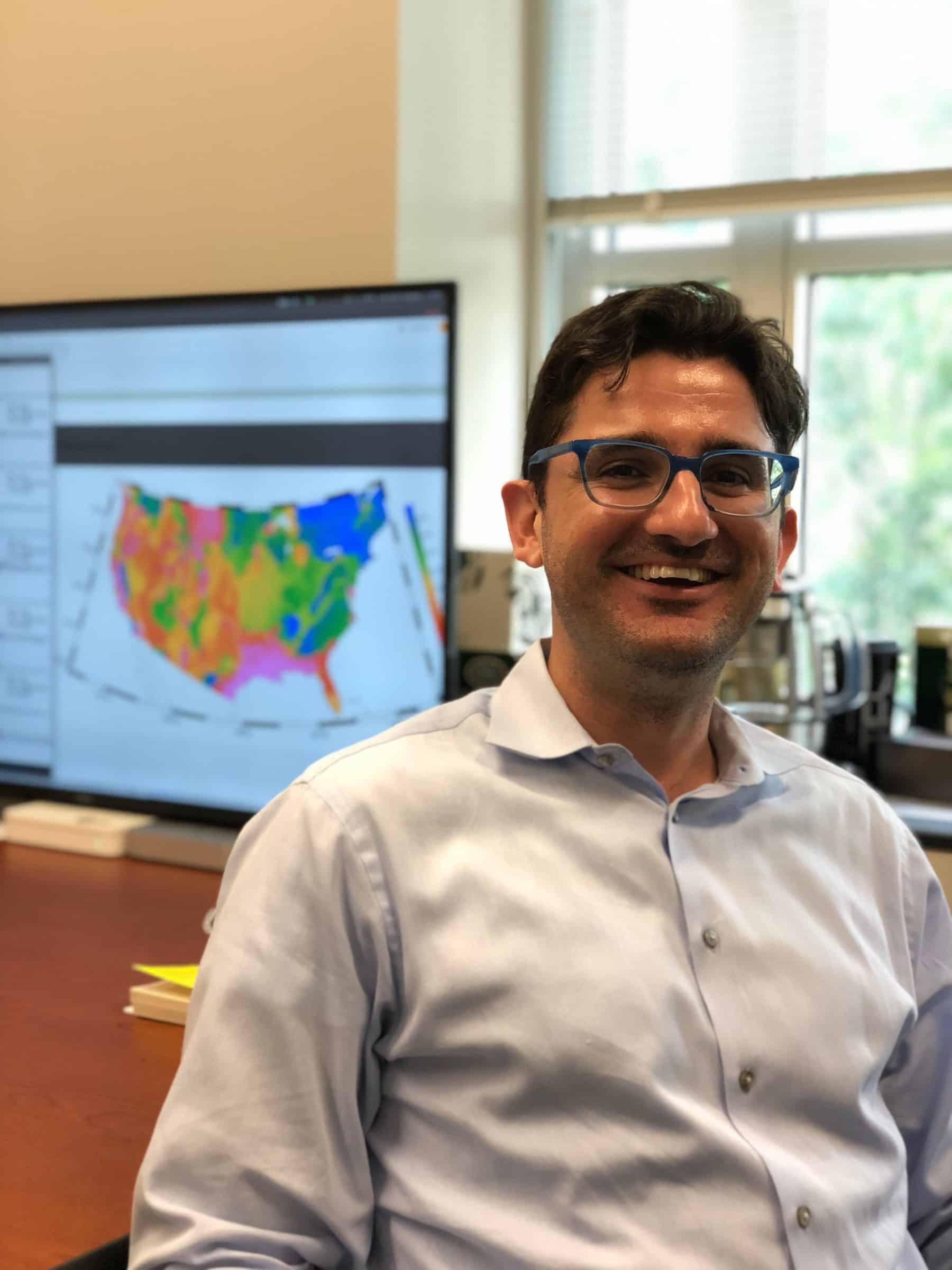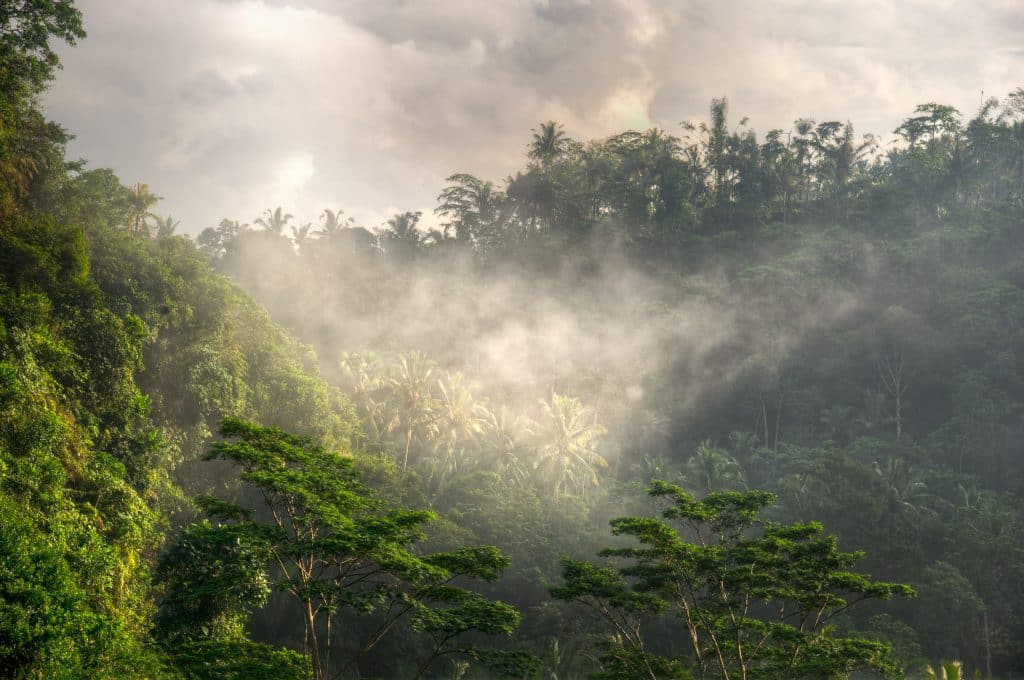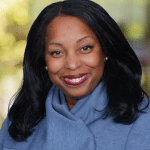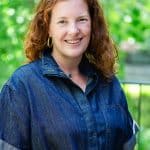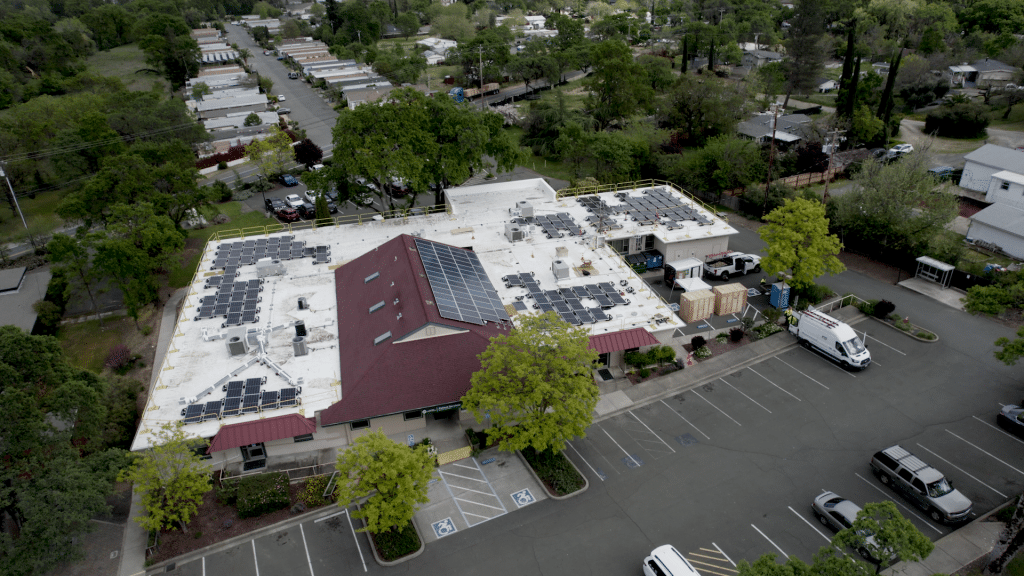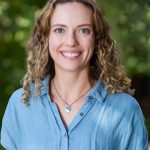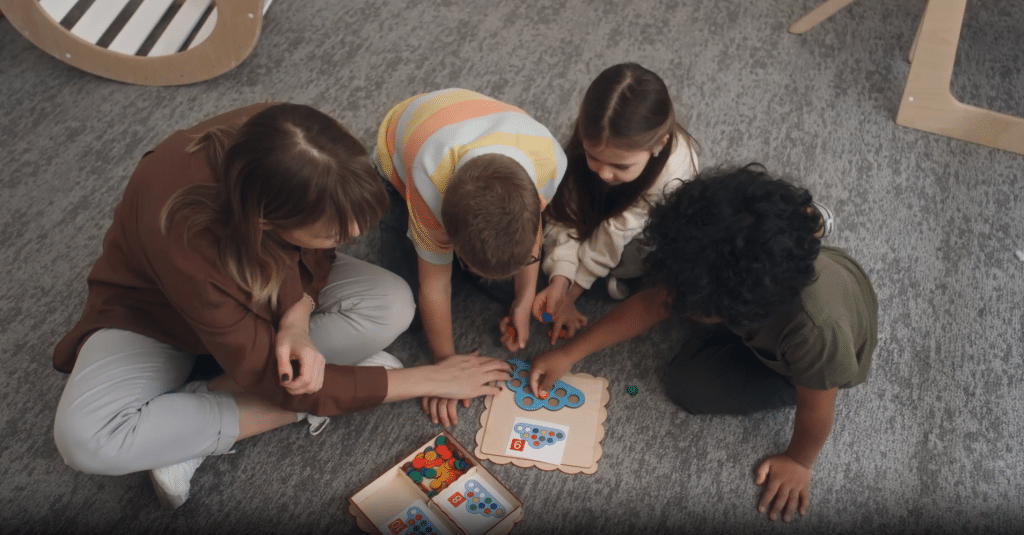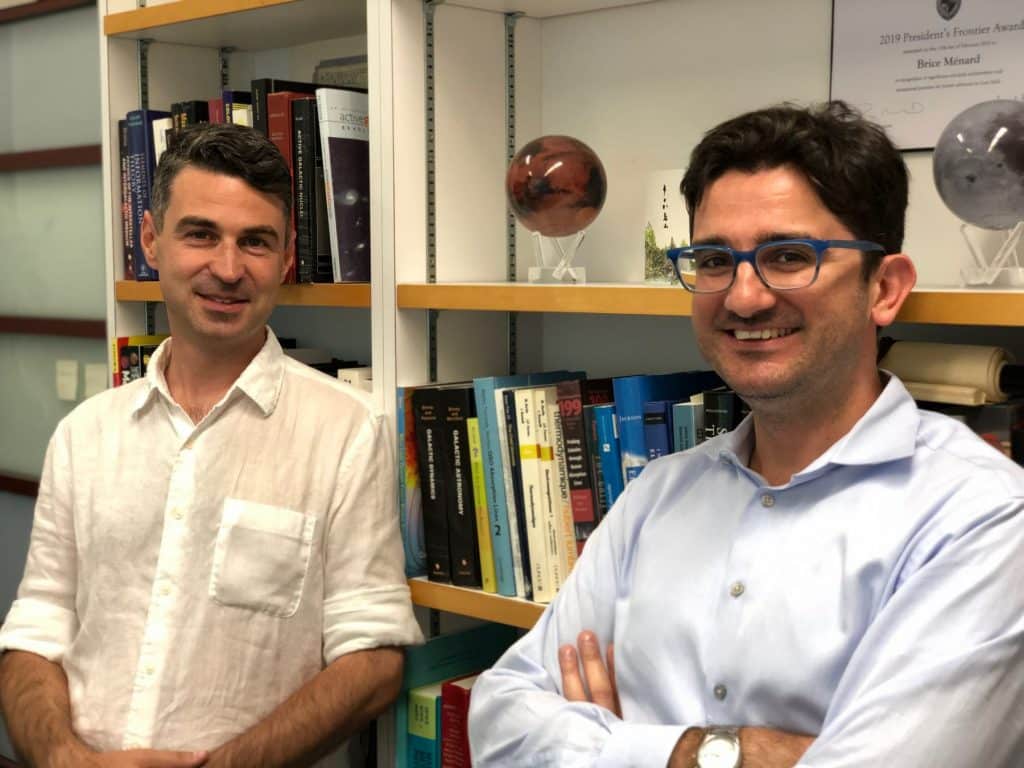
At first brush, Brice Ménard and Vedran Lekic seem to be polar opposites. Brice grew up in France, studied for his PhD in astrophysics in Paris and Munich, Germany, and moved to the U.S. as a post-doctoral researcher. He appears to be quite measured, deliberate, and systematic in his approach to research. Ved, on the other hand, grew up in Bosnia, and comes off as gregarious, excitable, and self-admittedly scattered in his approach to projects. His work is focused here on planet Earth in the geological sciences, which he first fell in love with as a child in Bosnia. Every summer, on his way to visit his great-grandmother, he would ride along the steep limestone cliffs lining the Dalmatian Coast, wondering how the border between ocean and land came to be.
But despite these differences, if you would ask them, their odd couple pairing makes perfect sense.
“As it turns out, even though Ved looks down inside the Earth and I look up at the sky, we both study things we cannot touch,” explains Brice.
“We can only look, we can only observe from a distance. We cannot perform any experiments,” Ved says. This means that as scientists, they face similar challenges – they both wrestle with large data sets and attempt to make sense of them. In fact, it is these shared challenges that brought these unexpected collaborators together.
New Colleagues
Brice and Ved first met at the 2015 Packard Fellowship program’s annual meeting, where the Packard Foundation gathers all the scientists and engineers in the program, and first- and fifth-year Fellows present their work. At their first annual meeting, Brice and Ved realized they were both working in Maryland – Brice at Johns Hopkins University, and Ved at the University of Maryland. But it wasn’t until the presentations that the intellectual sparks really started to fly.
“Brice’s presentation at the first Packard meeting was like voodoo,” recalls Ved, only half-joking.
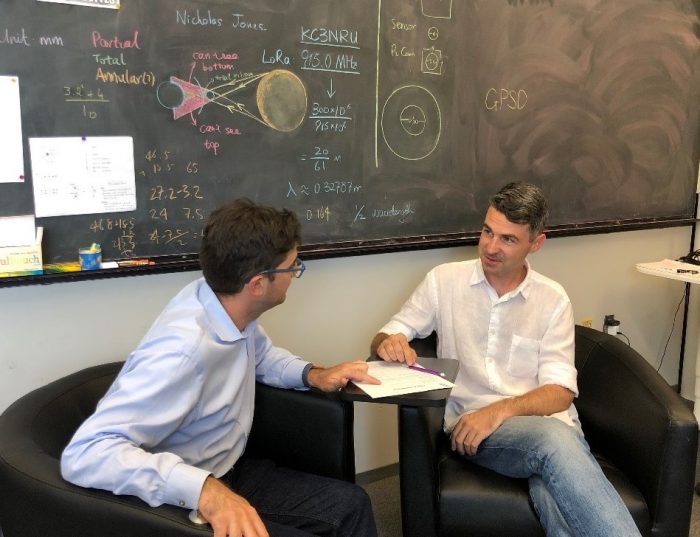
Brice was able to extract patterns from countless galaxies in deep space and turn them into spectacular visual representations. “I thought to myself, ‘Wow, perhaps we could do something like that with earthquakes data,’” says Ved.
Both scientists agree that the Packard Fellowship meeting brought them together in a way that is virtually unique in the scientific world. Brice explains that these meetings offer time to connect with scientists who are driven by curiosity and are not just there to advertise their results. “We can really take time to understand what each other does, and to me, I think that’s how many things started.”
Ved adds that the high standards of the selection process for Packard Fellows creates an added impetus for conversations. “We all come from very different fields,” he explains, “but because we are talking to other Packard Fellows, we are compelled to dig deeper. We know that there ought to be something truly exciting about each other’s science.”
It’s in this sharing of ideas—both formally through the presentations, and casually through a conversation over breakfast—that the program seeds connections between Packard Fellows, and even in some cases, fosters more formal scientific collaboration.
New Frontiers
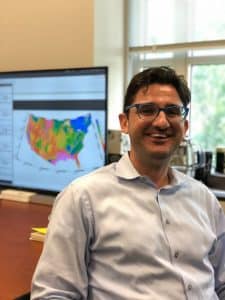
Brice and Ved continued their conversations beyond that first meeting, and visited each other’s university in Maryland. Soon, their curiosity-driven brainstorming solidified around a few questions. They decided to try using a new algorithm created in Brice’s lab to identify new trends in Ved’s seismology data. Together, they were able to analyze earthquake waveforms from a new angle and create a map of the U.S. showing variations in physical properties with an unprecedented level of detail. This has the potential to offer new ways of understanding how different parts of the U.S. behave seismically, how the Earth’s structure relates to geologic history, and perhaps even impacting our understanding of earthquakes.
As the two scientists huddle around Brice’s desk in his office at Johns Hopkins, they eagerly pull up graph after graph, map after map, explaining how they were able to turn a large amount of messy and noisy data into orderly, beautiful images.
Ved explains how with seismology, every new discovery is thrilling. “You think of the map makers who sailed across the seas mapping out continents,” he says. “We’re pretty much in a similar kind of place as far as the Earth’s deep interior is concerned.”
The researchers’ illuminating work was made possible with support from the Packard Foundation Fellowship. Brice explains that although interdisciplinary research is a hot topic these days, funding structures typically do not support that type of cross-collaboration.
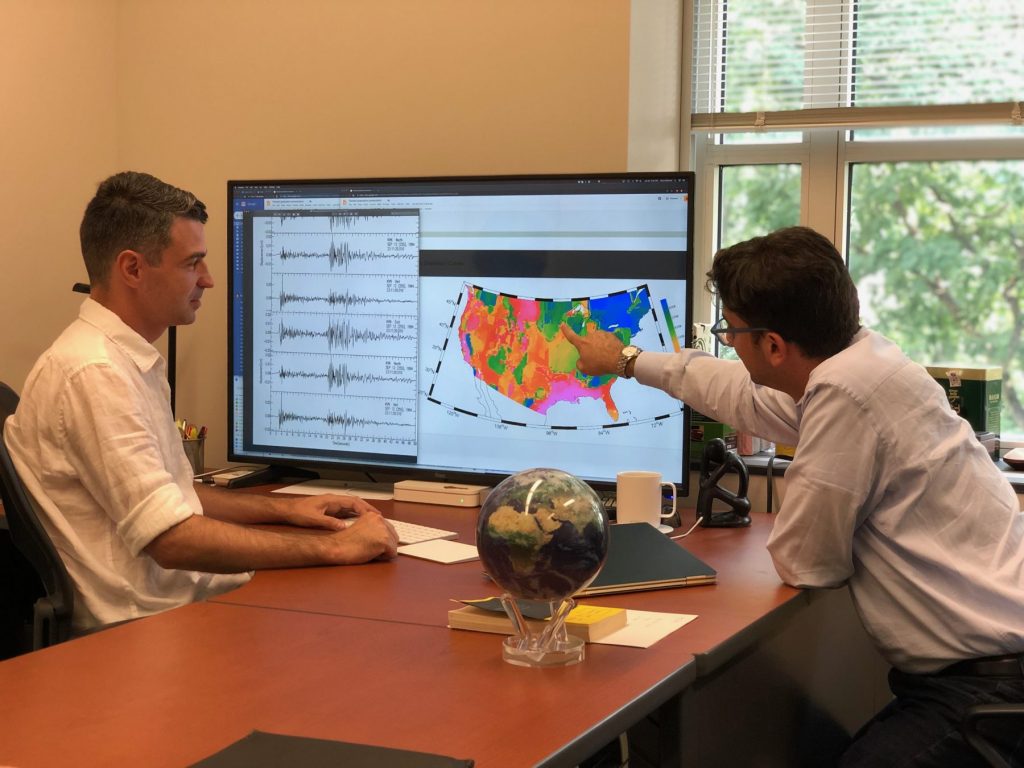
“What’s been fantastic with the Packard Fellowship is this ability to just go and explore ideas without any boundaries,” explains Brice.
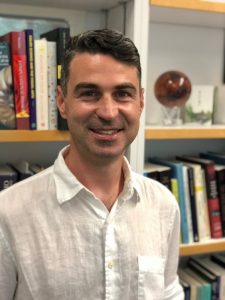
With the complete flexibility afforded by the program, Fellows can follow the path that their curiosity and their findings blaze for them, leading to new frontiers and unexpected results.
“What the Packard Foundation seems to understand,” says Ved, “is that if you give talented people money and freedom, they will do really cool things—things you could not anticipate.”
And as the two wrap up the fifth and final year of their Fellowships, they are now preparing to present their findings—together—at the annual Packard Fellows meeting this fall. Although Fellows have mentored each other and collaborated with one another in the past, Brice and Ved’s presentation will mark the first time two Fellows have ever co-presented at an annual meeting.
New Friends
Over the years, Brice and Ved have had plenty of time to learn from each other and to appreciate one another’s differences.
“Brice definitely does not get distracted with minutia and details and is able to step back and think big picture,” says Ved, “I do sometimes get distracted, I think, with detail.”
“What I love about Ved, is his boundless enthusiasm to always explore all sorts of ideas,” explains Brice.
“That’s just the – I have no filter,” laughs Ved.
“No it’s a good thing,” Brice replies. “This excitement to always try out all sorts of techniques and ideas with so much energy.”
Perhaps this is fitting, since sitting with them truly feels like meeting with a team, a single unit. They finish each other’s sentences, build upon each other’s ideas, and create something bigger in the end as a result of their work together.
This might best be illustrated by a memory the two share. In 2017, a solar eclipse passed across the U.S., reaching from the Pacific coast in the northwest to the Atlantic coast in the southeast. At the time, Brice asked Ved where he’d be watching it, and Ved explained that he had just been planning to see it nearby, where a 97% eclipse would be visible—not a bad option. But Brice, who had witnessed a total solar eclipse in 1999 in Germany, replied,
“It’s totality or nothing.”
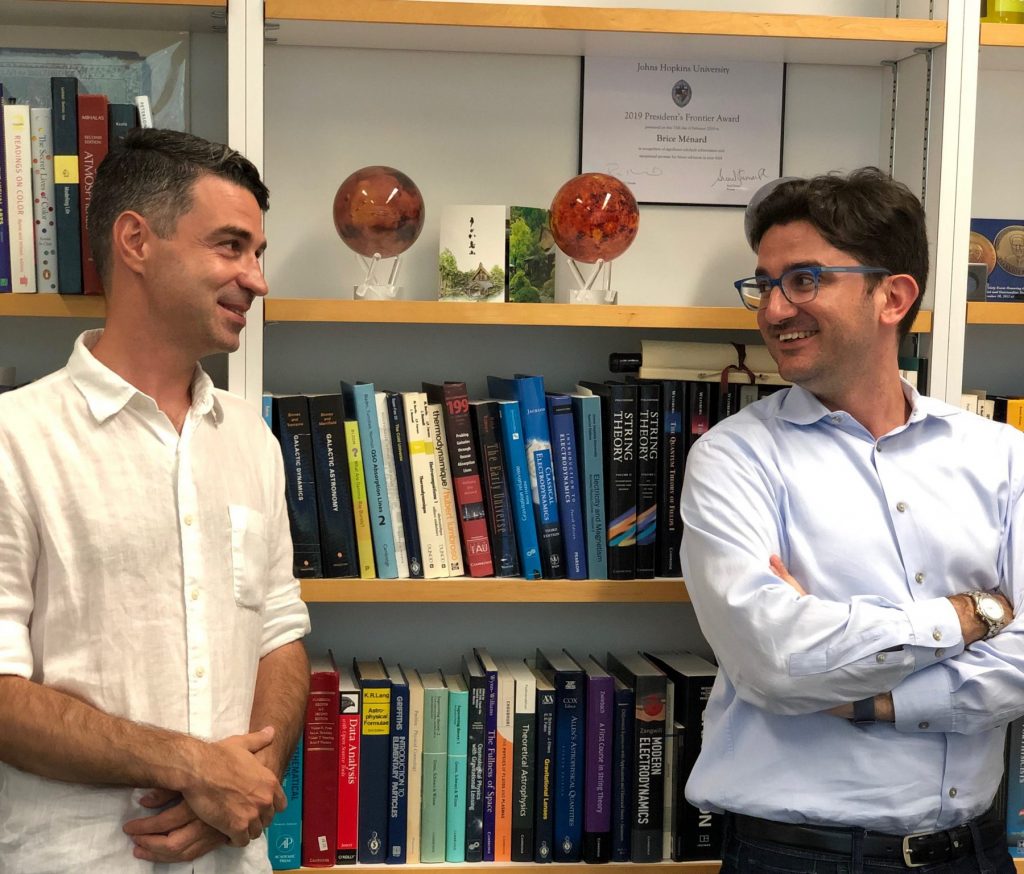
And so Brice and Ved traveled from Maryland to Tennessee—even though they would then have to drive 13 hours back in order to meet their commitments back at work—just so they could experience the full eclipse. “And now that I’ve seen totality,” explains Ved, “it is totality or nothing.” Pretty soon the two are lost in the memory, and their thoughts and words blend together, almost poetically creating a single, beautiful image.
“You can see stars during the day, you know, it becomes so dark,” explains Brice.
“And cold,” adds Ved. “And you see the corona.”
“The birds go crazy. The insects go crazy. You can hear them.”
“And the sun doesn’t look like the sun.”
“It’s so different. It’s so moving.”
“Yeah, it’s a spiritual experience.”
